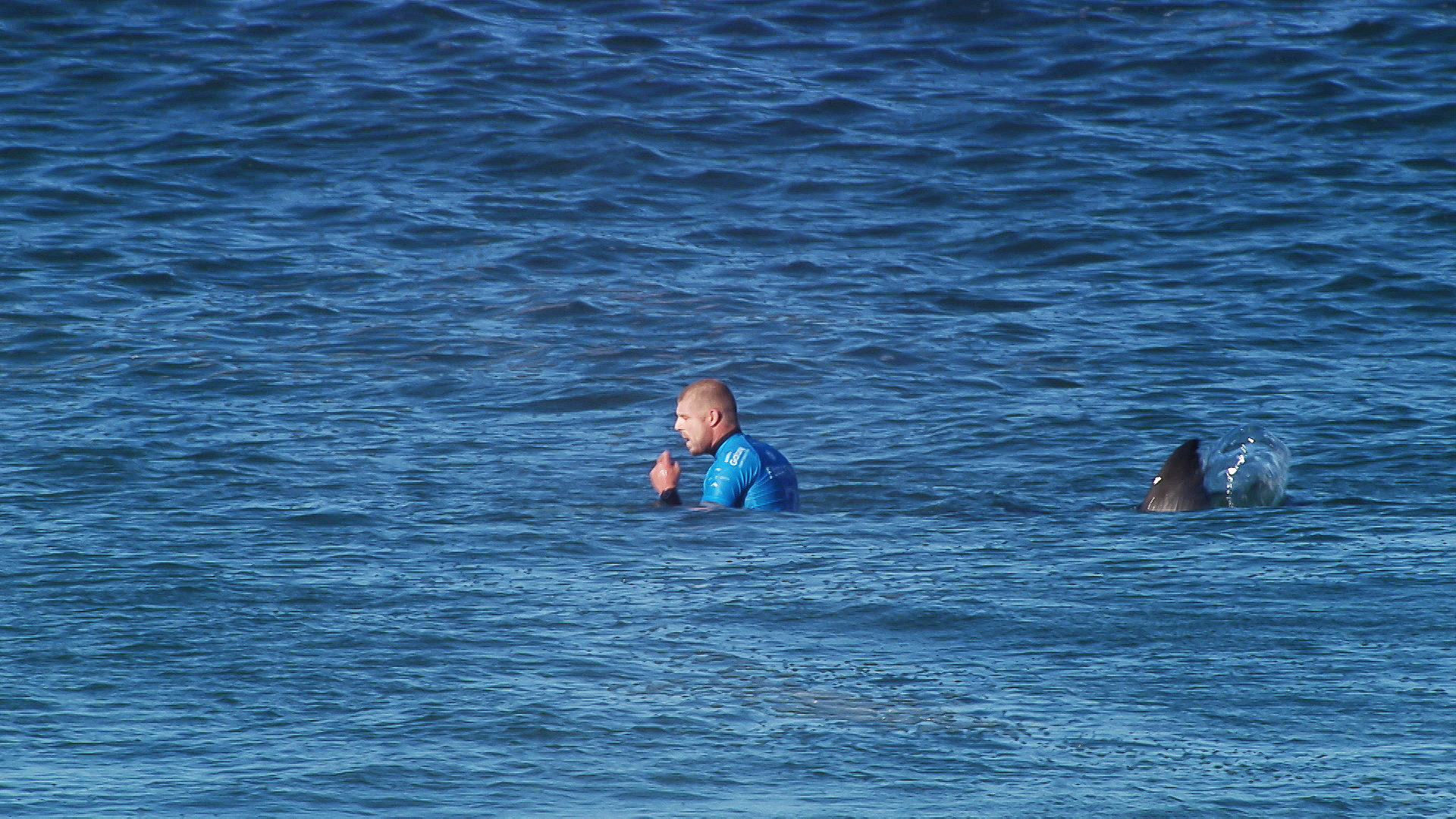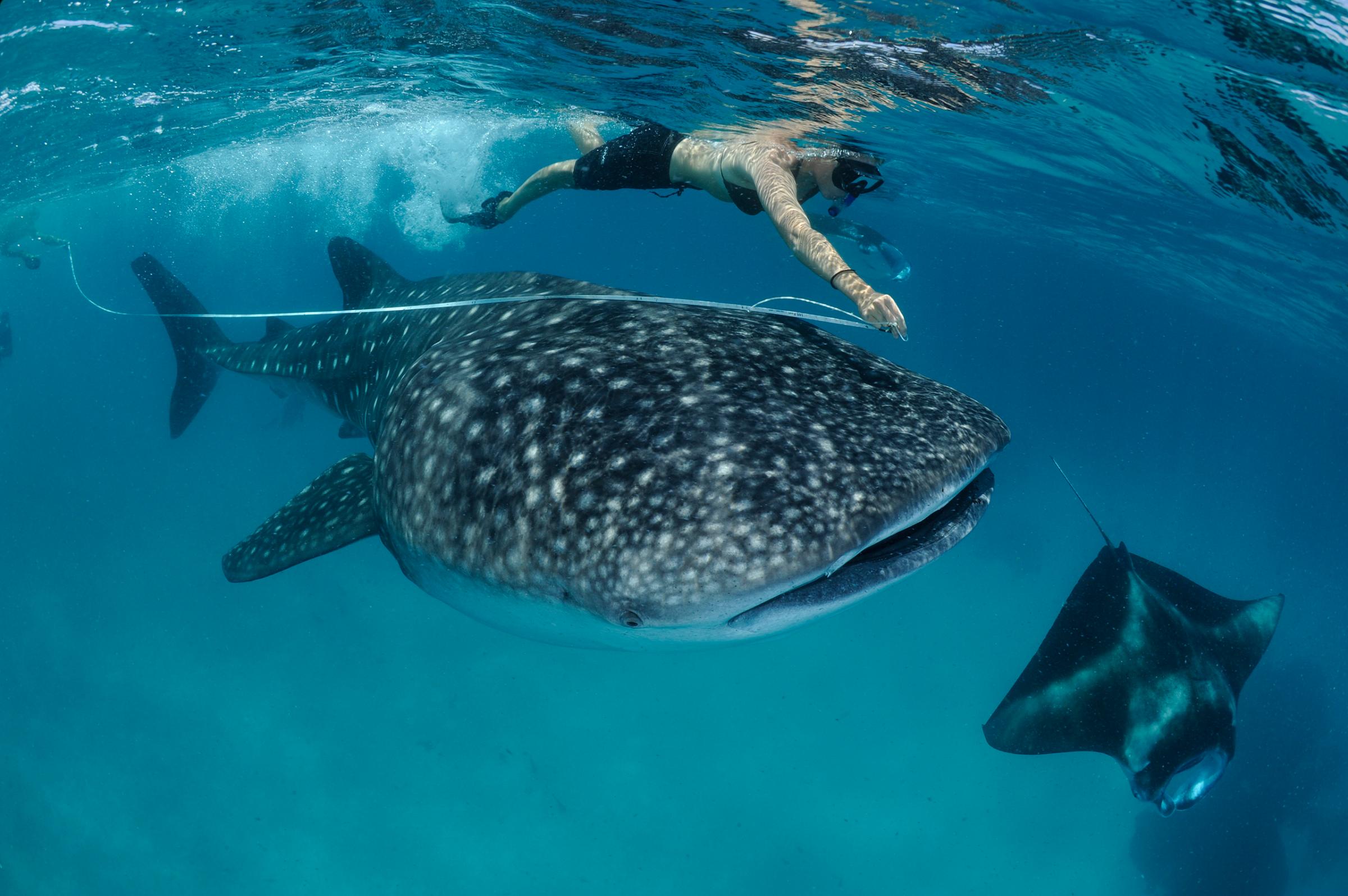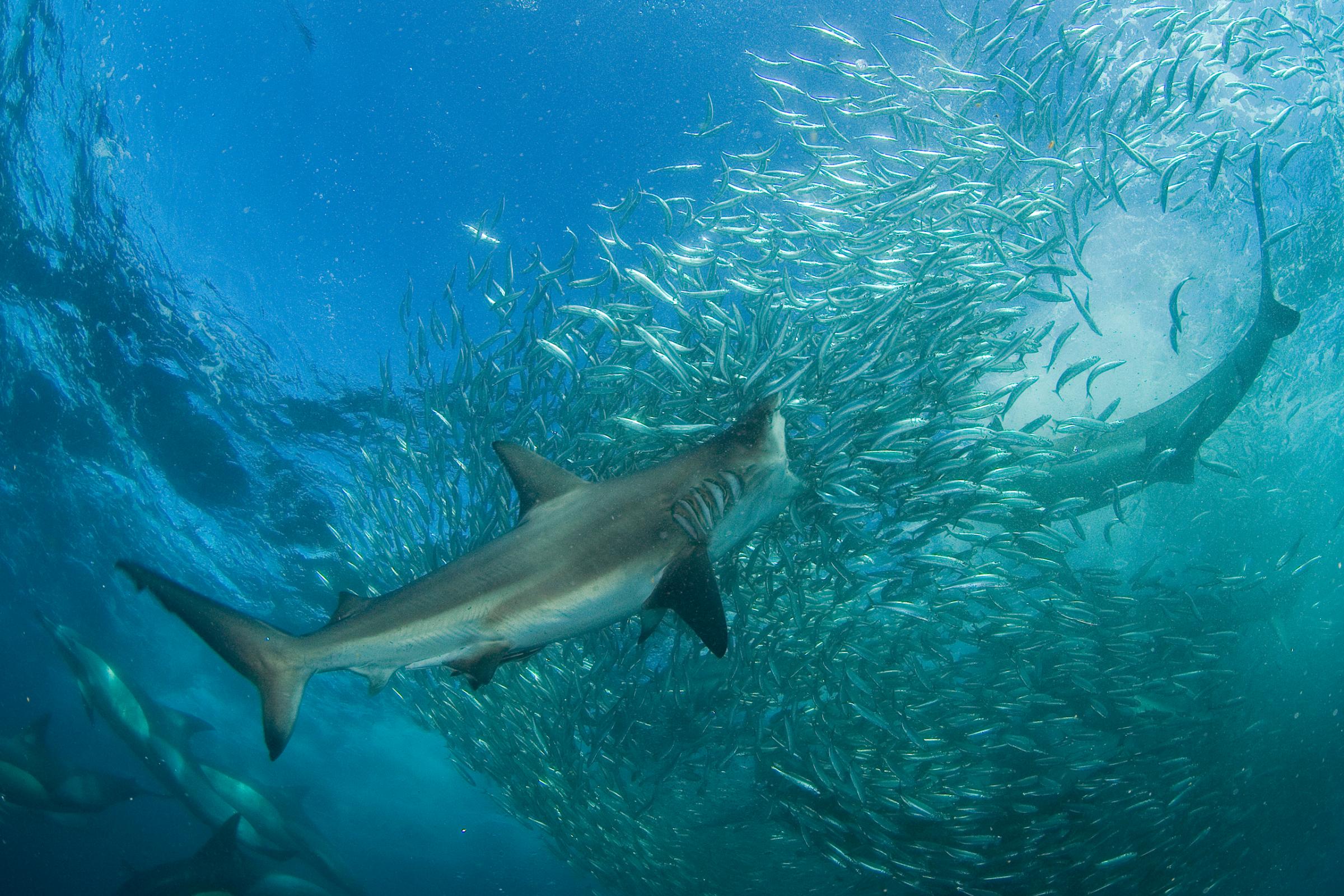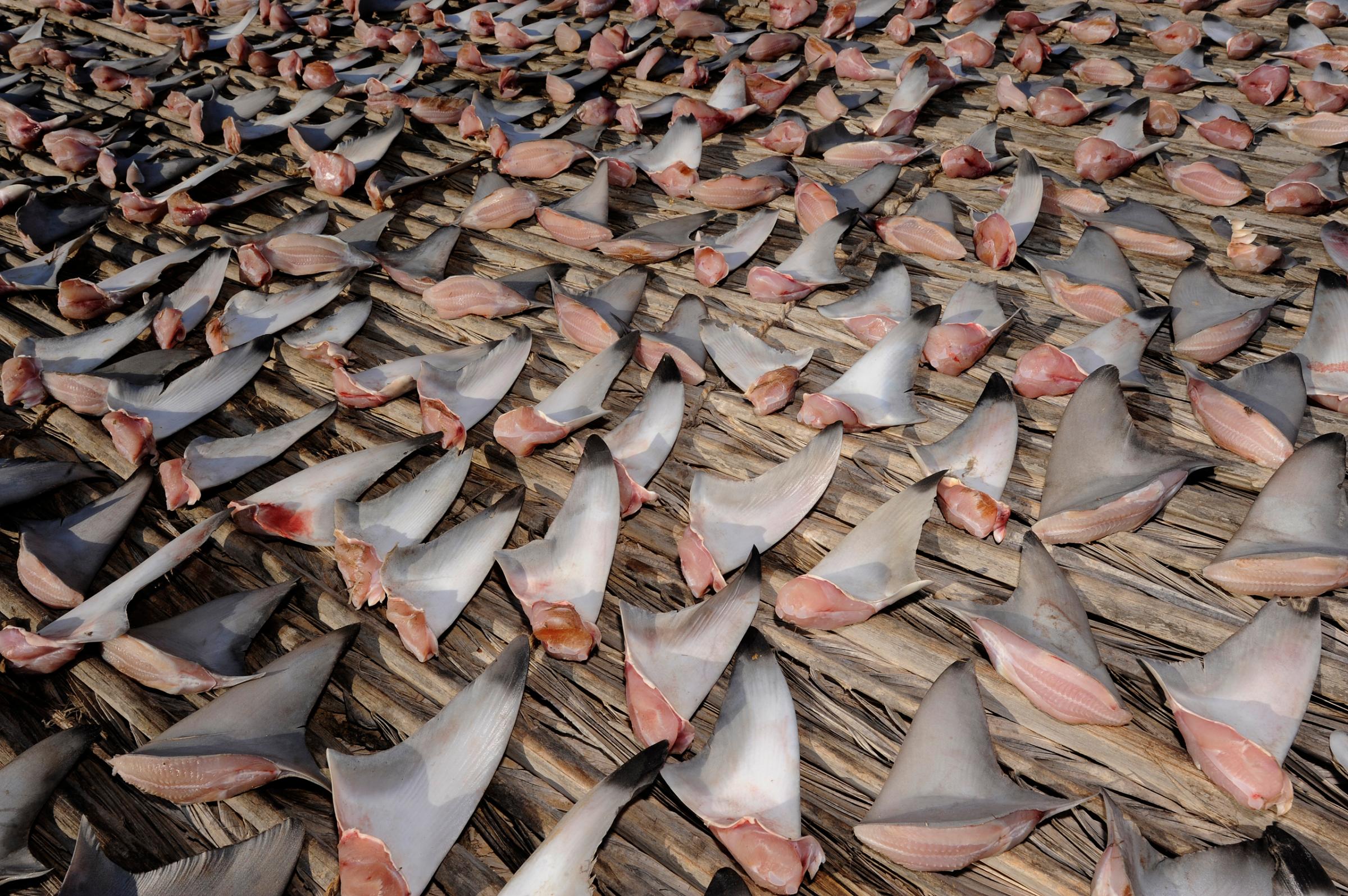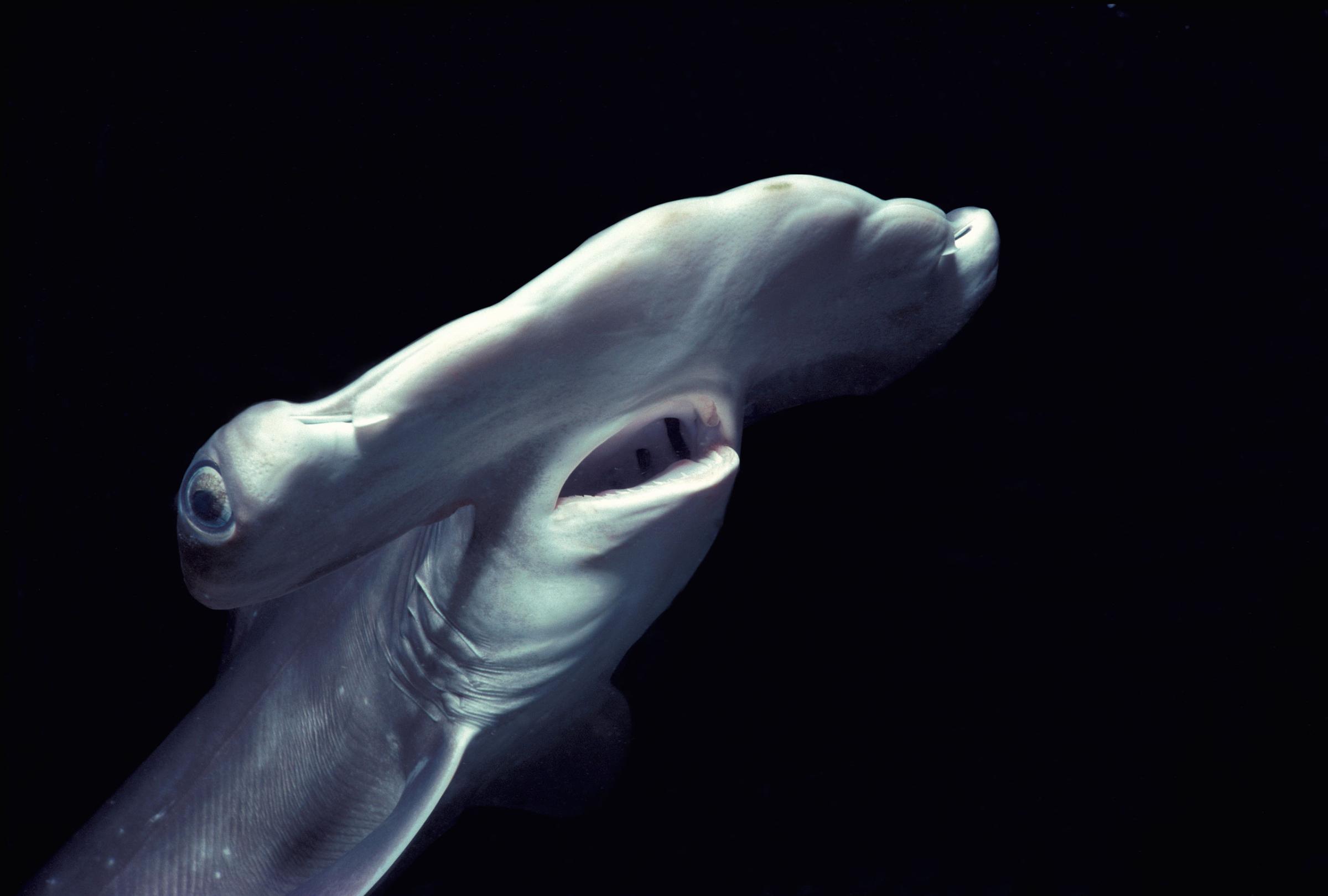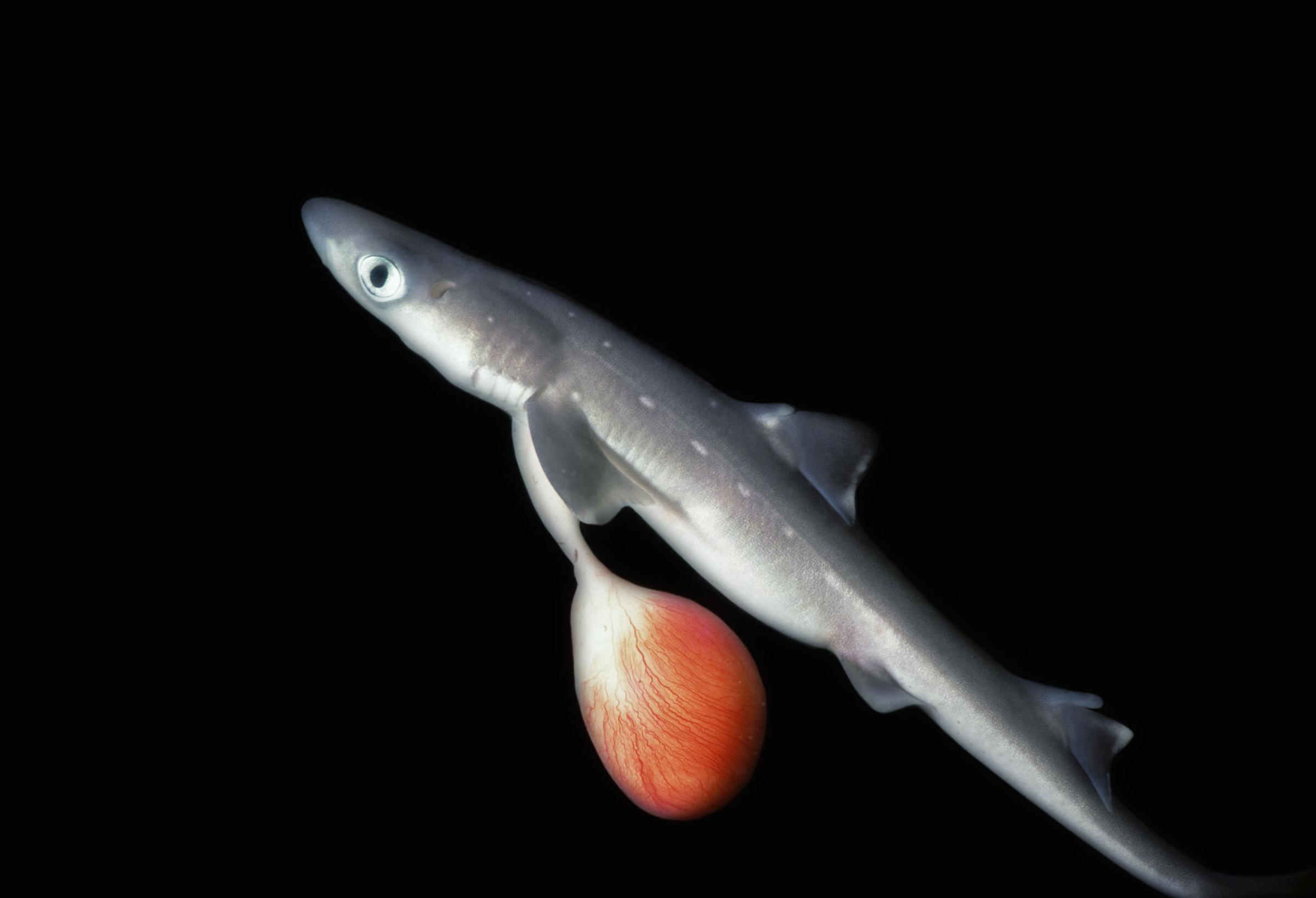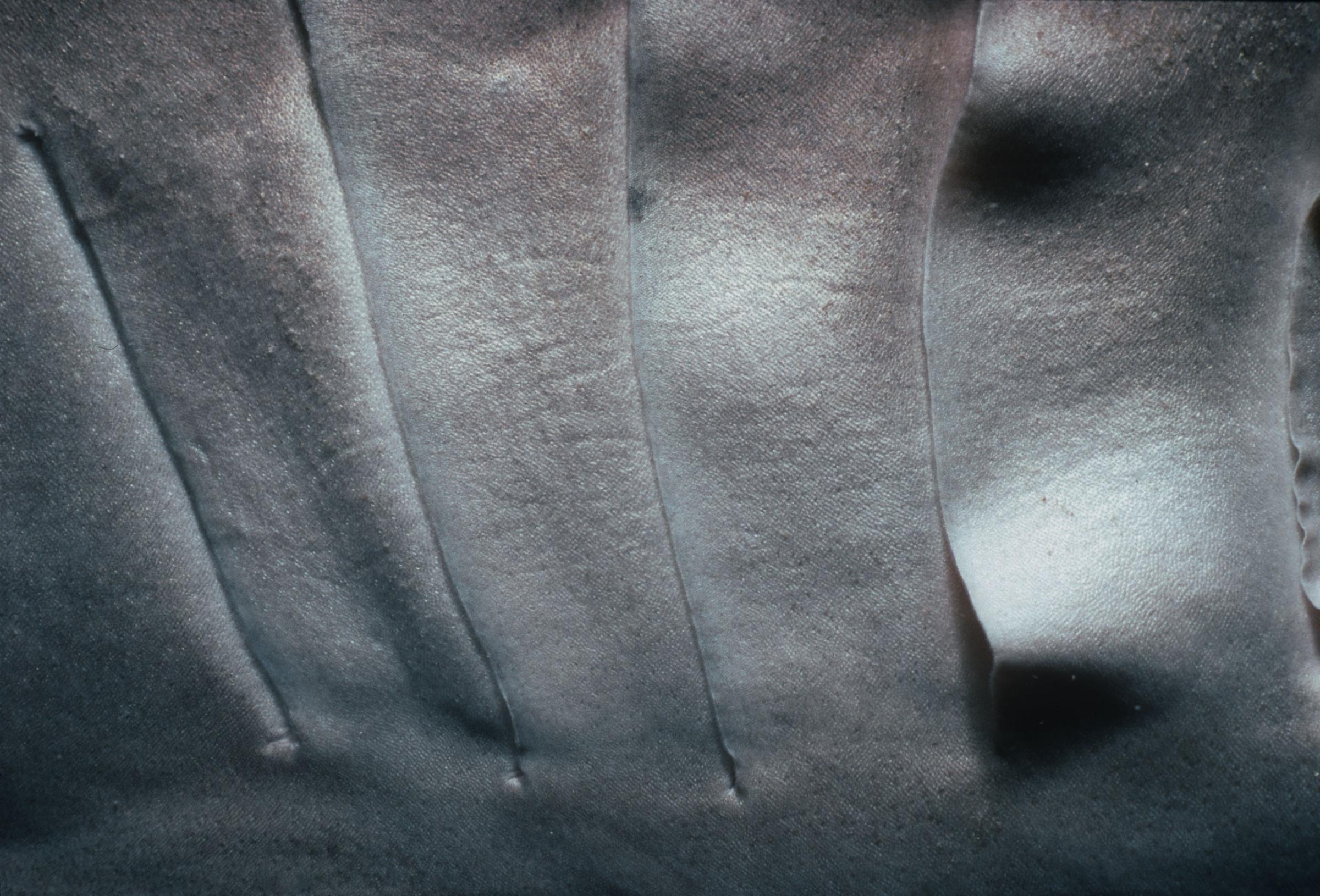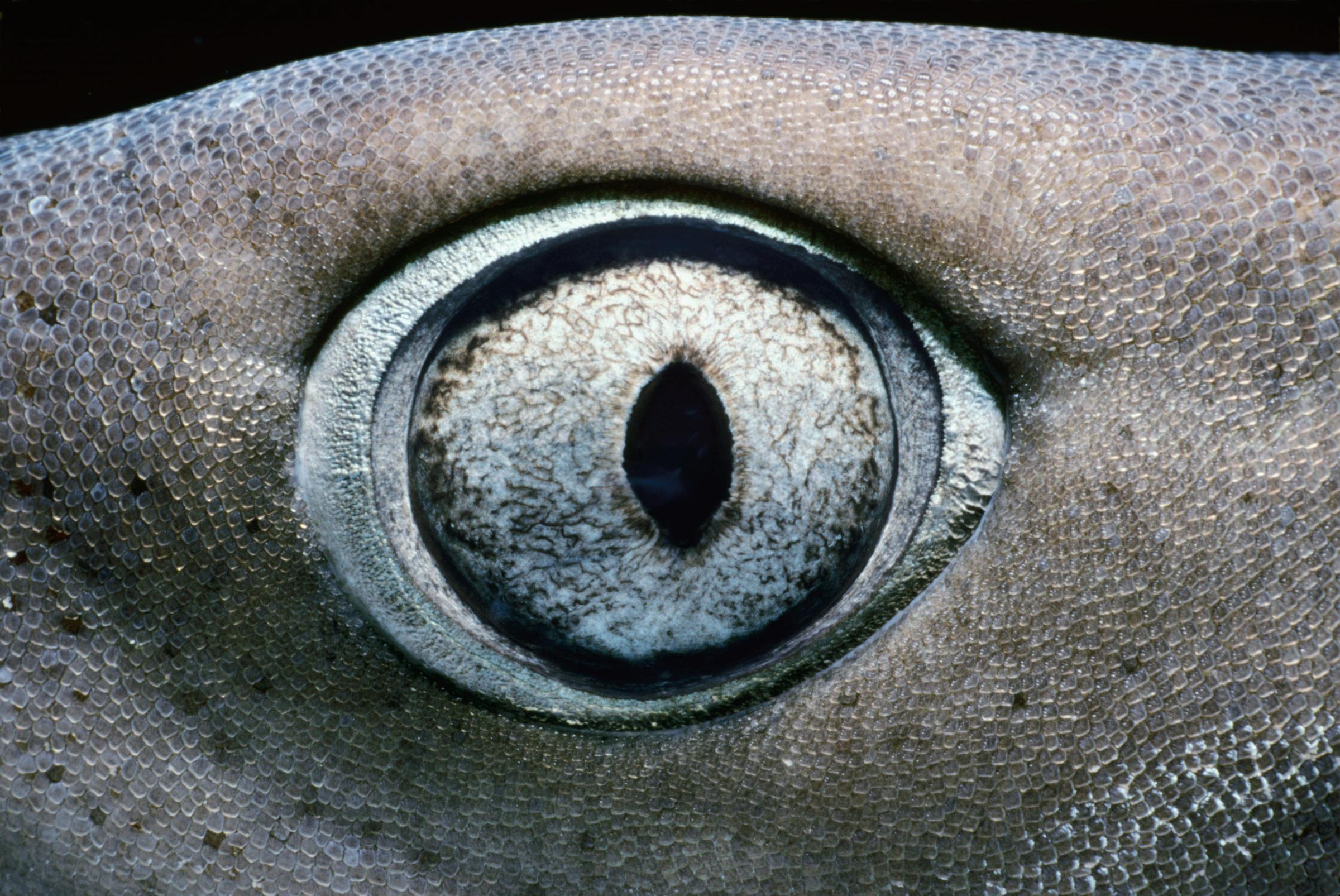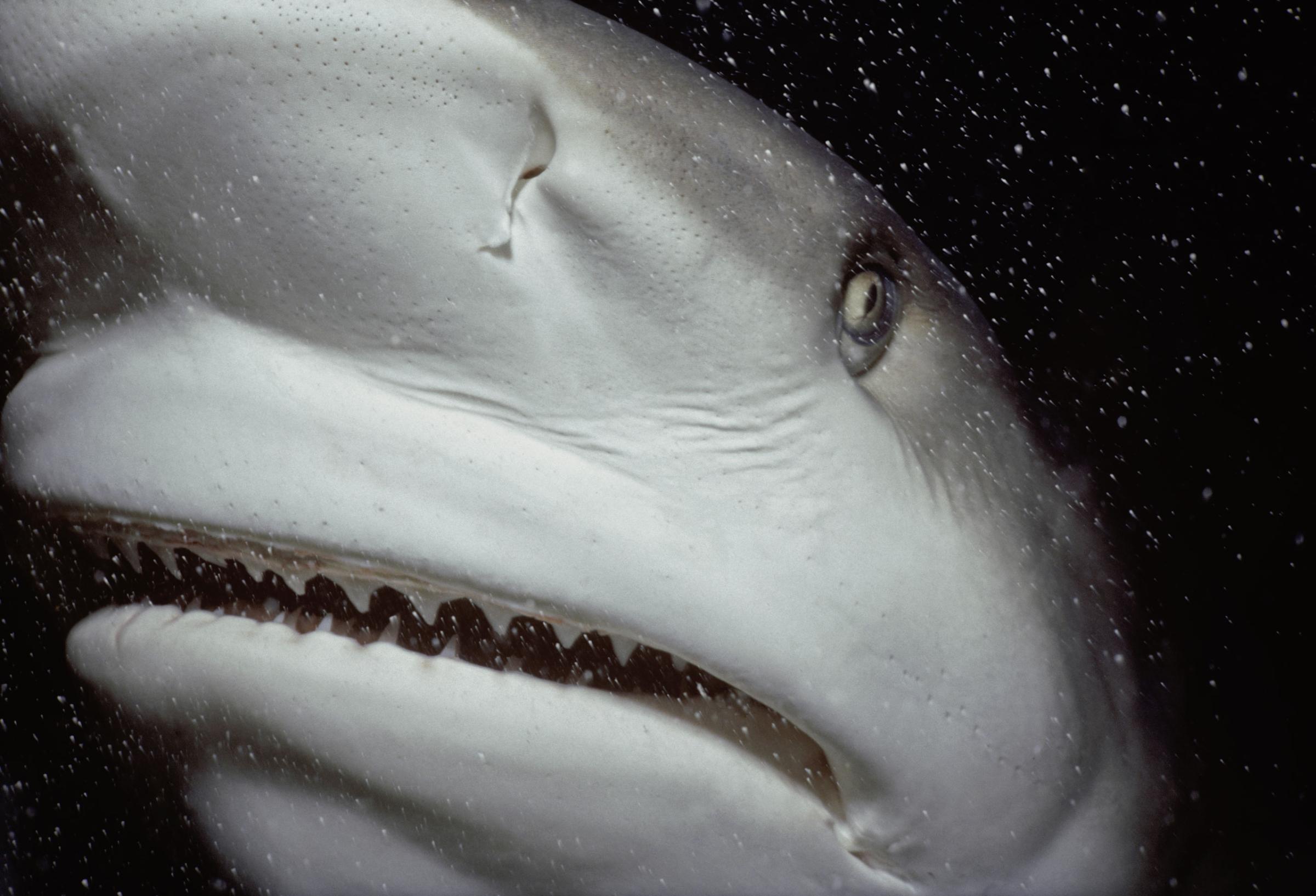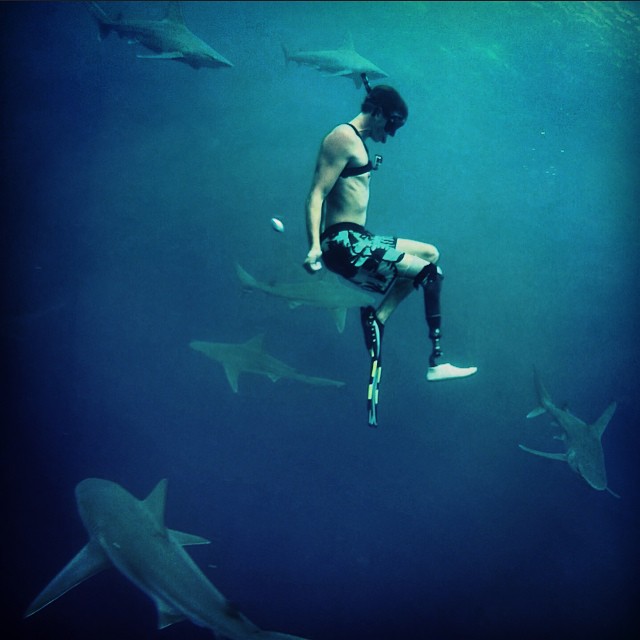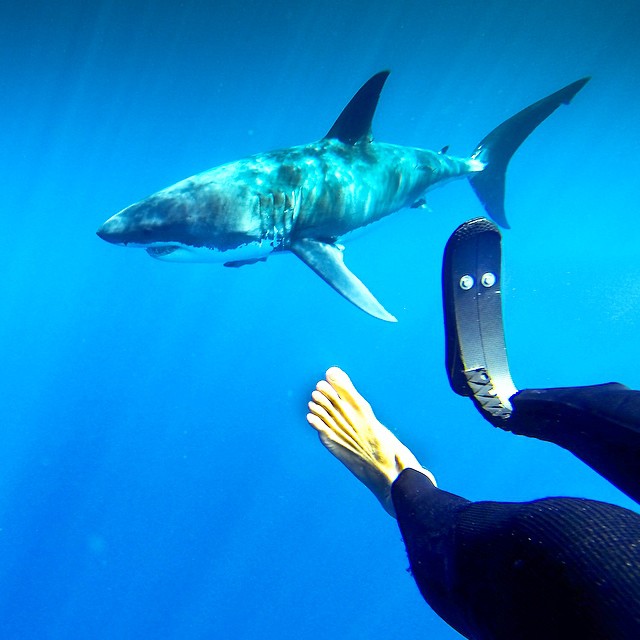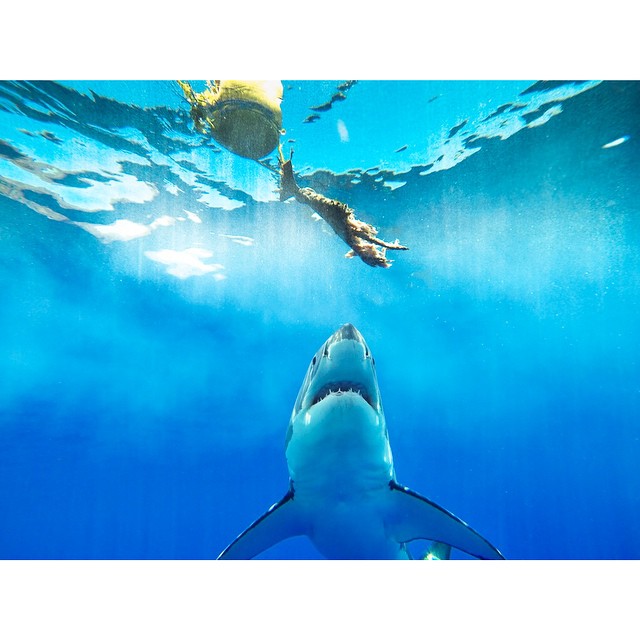July 27, 2015 8:59 AM EDT
J ust a week after fighting off a shark during a surf competition, Mick Fanning is hitting the waves again.
The Australian surfer was pictured getting back on his board at Snapper Rocks near the Gold Coast on Monday morning, the Daily Mail reports, just days after he narrowly avoided a massive shark in the J-Open at Jeffreys Bay in South Africa last Sunday.
Fanning posted a photo of himself to his Instagram account with the caption “First surf back. Feels so good.”
Last week, Fanning was on his board when a shark came from behind and attacked Fanning, who says he punched it on the nose. The shark retreated and Fanning emerged unharmed.
“To walk away from a shark attack with not a scratch on you. It’s a miracle really,” Fanning said.
[Daily Mail ]
Three Shark Photographers You Need to Follow The water column is a three-dimensional habitat for sharks. Instead of traveling horizontally across the ocean, many species, like blacktip sharks, bounce up and down, repeatedly descending and ascending through the water column, in hopes of picking up any signs of prey. Aliwal Shoal, South Africa. Thomas P. Peschak A Red Sea Silky Shark.
To survive in the vastness of the open ocean, Silky sharks rely on their boldness and curiosity to investigate every opportunity that might yield a meal. Sharks make up for their lack of hands to investigate things, with thousands of tiny pores, called the Ampullae of Lorenzini, which line the shark’s snout. Northern Red Sea. Thomas P. Peschak The whale shark is the world’s largest fish, born with unique spotted skin patterns, which don’t change significantly as the animal ages. Scientists are using the latest in space technology developed by NASA, for fingerprinting and identifying whale sharks based on their spots. In this image scientists from the conservation NGO Manta Trust are measuring a sub-adult whale shark in Baa Atoll, Maldives. Thomas P. Peschak Bronze Whaler sharks are the most abundant sharks during the sardine run off South Africa’s east coast every June/July. Hundreds of them patrol the margins of baitballs and charge into the seething mass of fish singly or in small groups to feed. Thomas P. Peschak Shark fins are the key ingredient of shark fin a soup, a dish frequenlty consumed at weddings and banquets in China. It is primarily served to demonstrate wealth and honor guests. Thomas P. Peschak Head and gills of Juvenile Scalloped Hammerhead Shark (Sphyrna Lewini), Kane'ohe Bay, Hawaii - Pacific Ocean. Jeff Rotman Close-up of Spiny Dogfish Shark (Squalus acanthias) born prematurely with egg sac attached. New England, North Atlantic Jeff Rotman Gills of a Lemon Shark at night. Jeff Rotman Eye of Whitetip Reef Shark (Triaenodon obesus), Cocos Island, Costa Rica - Pacific Ocean. Jeff Rotman Caribbean Reef Shark (Carcharhinus perezi). Bahamas, Caribbean Sea. Jeff Rotman An image of Mike Coots taken by his friend Juan Oliphant as they are swimming surrounded by sharks. ©JuanOliphant/@Juansharks Mike Coots “hangs out” with a great white. As he is frequently asked if he is afraid to go back to the water after the attack, Coots has no doubt: “I am positive I was attacked as mistaken identity and the last couple of days [swimming with the sharks] really reiterated the point. Humans are not sharks' prey.” Mike Coots While babysitting his 6-year-old nephew, the little boy showed the toys to Coots. "It's you uncle Mike," he said. Mike Coots Coots has been able to return to surf after the shark attack, wearing a prosthesis for his right leg. Coots was just a teenager when a tiger shark attacked him in the deep water of Kauai, an area known to be populated by sharks. Mike Coots Coots took this photograph with Hero3, a waterproof camera. He observed the white shark being hesitant before eating its meal. “Incredibly beautiful to watch and I never felt threatened once. Completely serene,” Coots wrote on his Instagram feed. Mike Coots More Must-Reads From TIME The 100 Most Influential People of 2024 Coco Gauff Is Playing for Herself Now Scenes From Pro-Palestinian Encampments Across U.S. Universities 6 Compliments That Land Every Time If You're Dating Right Now , You're Brave: Column The AI That Could Heal a Divided Internet Fallout Is a Brilliant Model for the Future of Video Game Adaptations Want Weekly Recs on What to Watch, Read, and More? Sign Up for Worth Your Time 